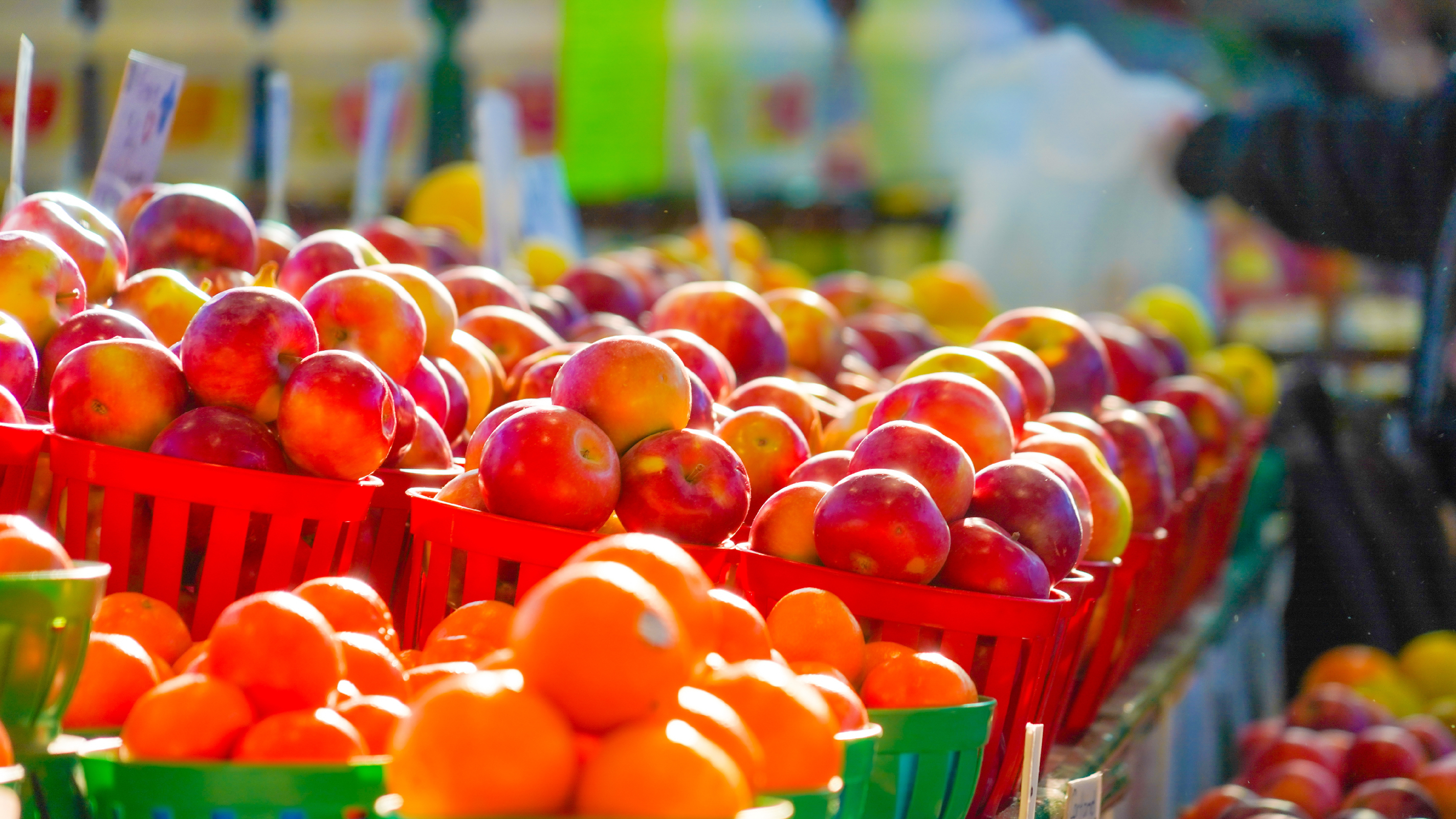
Some research has shown that, in Canada, neighbourhoods with easier access to healthier food options or limited access to less healthy options have been associated with better health indicators, such as better diet, lower body mass index, and lower risk of Type 2 diabetes.
Until recently, there was no Canada-wide dataset that profiled neighbourhoods for such options. Beginning in 2018, Statistics Canada collaborated with McGill University to develop the Canadian Food Environment Dataset (Can-FED), which became available to researchers in November 2021. By December 2022, a general-use version became available to the public.
The development of Can-FED was motivated by the desire to create a pan-Canadian dataset of food environment measures with high accuracy that is available to researchers and the public health community.
Can-FED uses July 2018 data from Statistics Canada’s Business Register, which tracks business types using North American Industry Classification System codes. Businesses in the Can-FED database include a range of food store types, including grocery stores, fruit and vegetable stores, specialty food stores, fast-food outlets, full-service restaurants and convenience stores.
The database also makes use of geocoding software, 2016 road network data, and 2016 Census of Population data to locate food retail outlets down to the dissemination area (DA) level—the smallest standard geographic area for which all census data are disseminated. DAs have a population of 400 to 700 people and cover all the territory of Canada.
Can-FED allows users to identify the density (i.e., number per area) of food retail outlets within a 10- to 15-minute walk for all DAs. The same measures are available for a larger distance that may be travelled by car, which is more relevant for non-urban areas.
The researcher version of the database contains a wider range of continuous variables and must be accessed in a secure Statistics Canada environment, while the general-use version contains a more limited number of categorical variables. More information on how to access and use the databases is available in the Canadian Food Environment Dataset: Data File and User Guide.
StatsCAN app
Download the StatsCAN app today to have these articles at your fingertips! Already using the app? Leave a review in the Apple App Store and Google Play and let us know what you think.
Contact information
For more information, contact the Statistical Information Service (toll-free 1-800-263-1136; 514-283-8300; infostats@statcan.gc.ca) or Media Relations (statcan.mediahotline-ligneinfomedias.statcan@statcan.gc.ca).

